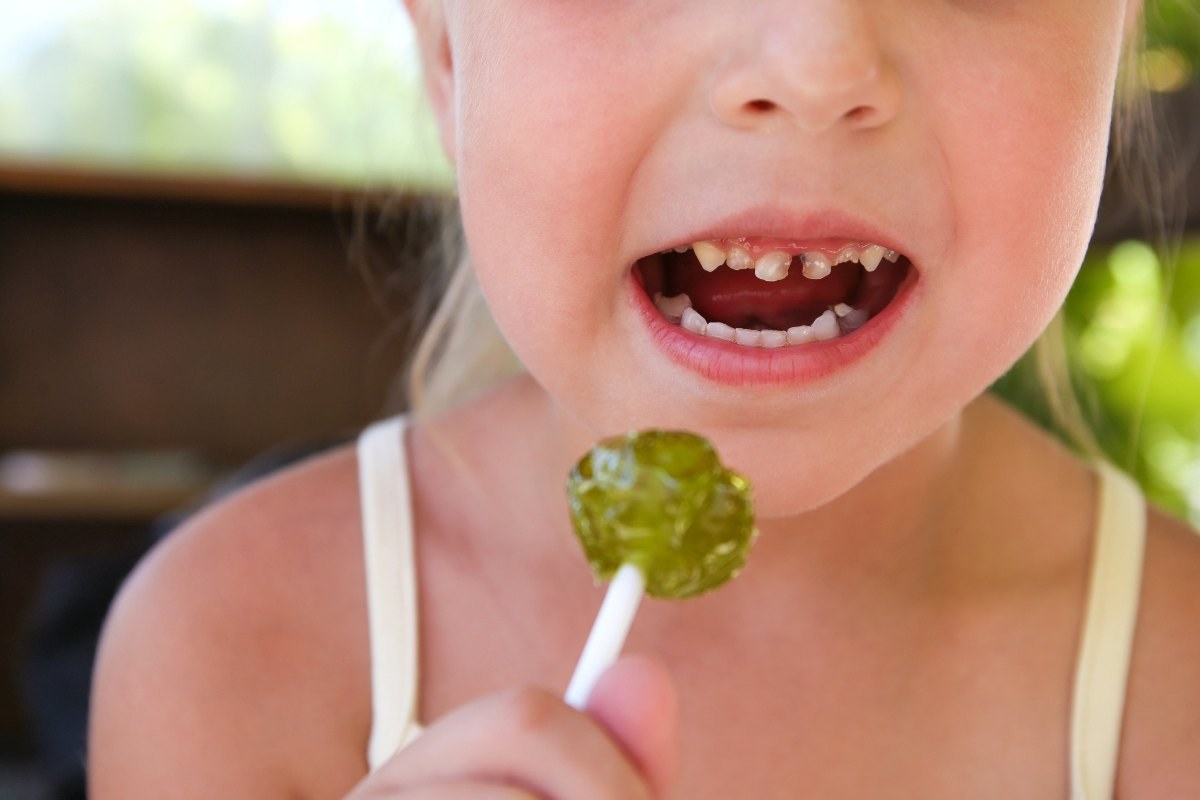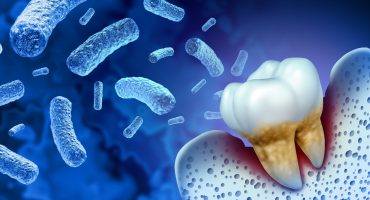Tooth decay is the dental most common disease in industrialized countries. The term caries is derived from the Latin term caries and means putrefaction or rottenness. Dental caries (Caries dentium) is an infectious infection that can be transmitted from one person to another.
Definition and stages of tooth decay
There are various stages of tooth decay:
- In the initial stage (stage 1), little or no symptoms appear. The tooth may have white spots at the affected areas, also called "chalk stains". These stains are caused by the enamel losing minerals.
- In the second stage, bacteria invade the dentin and multiply there. At this stage, there is often pain due to holes in the tooth.
- In the third stage, the caries spreads to the pulp (nerve tissue), causing severe toothache.
- Without treatment, the paris attacks fourth stage eventually the tissue around the tooth. An extremely painful tooth abscess can form and ultimately cause the tooth to fail.
Causes and development of tooth decay
Several factors are involved in the development of tooth decay. The Two major risk factors that favor tooth decay are
- a poor diet and
- a lack of dental care.
In the tooth rot, acids attack the tooth surface. The acids are produced by bacteria in the plaque. The Plaque, the so-called plaque, is increasingly formed when the teeth are not sufficiently cleaned. Plaque consists of food residues, saliva and bacteria. The bacteria convert sugar from sugary food into acids.
Sugary diet promotes the formation of holes in the teeth, because sugar is the main ingredient of today's food. In addition, starchy and acidic foods are causes of tooth decay.
Symptoms and Diagnosis of Caries
The typical first signs of incipient caries are white or brown spots on the teeth. When the disease affects the dentin, toothache occurs. The further the tooth decay progresses, the stronger and more regular those affected suffer from toothache. The teeth are also very sensitive to hot, cold, sweet or sour foods. Often it comes to unpleasant bad breath.
The dentist can usually diagnose tooth decay with the naked eye. In order to discover tooth decay even in the early stages, a regular visit to the dentist is essential. As a rule, an x-ray examination is carried out. Based on the X-ray, the dentist can see how far the tooth destruction has already progressed and whether surrounding tissue is inflamed.
Consequences of tooth decay
Untreated decay can have far-reaching consequences for overall health. Lack of dental hygiene and diseases of the teeth and gums can they weaken immune system. A damaged tooth sends toxins into the body, so that the immune system must be permanently active. The defenses are thus weakened. Frequently fatigue and weakness appear and the performance is reduced.
Inflammations in the mouth can also promote various diseases such as allergies, rheumatism, lung and heart disease and diabetes. The reason for this is that the bacteria migrate from the mouth into the entire body. For example, the bacteria can affect the heart and lungs. The risk of a heart attack may increase, especially in people with already existing heart damage.
Treatment of tooth decay
The treatment of tooth decay depends on the stage of the disease. In initial caries, fluoride-containing preparations can be used to harden and remineralize the enamel. The dentist often prescribes a fluoride-containing toothpaste, which is usually to be used once a week.
If the tooth rot has already reached the dentin and causes a hole, the administration of fluoride is no longer sufficient. The destroyed tooth substance must be by the dentist removed. This is done by drilling the affected area. Afterwards, the dentist inserts a filling. For the fillings, various materials such as plastic, ceramic, metal alloys or amalgam are available.
If the caries has not yet penetrated too deeply and there are no major holes, a modern treatment method without drilling is used. The procedure is called caries infiltration. A liquid plastic is filled into the tiny cavities. The plastic hardens and blocks the way for the acids. The new procedure is a major advancement in dentistry and a relief especially for anxious patients.
Prevention of dental caries
Dental caries can be effectively and easily prevented with various measures. A basic prevention is proper oral hygiene. The teeth should at least twice a day be cleaned properly. The teeth should not be cleaned immediately after meals, but half an hour later. As a supplement to tooth brushing mouthwashes can be used. Especially before bedtime a thorough dental care is important.
For difficult to reach interstices floss or small interdental brushes are very good. The correct brushing technique can be clearly demonstrated by the dentist. Children should learn early on how important dental health is and get familiar with thorough brushing. Dental care gums without sugar stimulate the salivation and inhibit the bacteria.
In addition to proper oral hygiene, a healthy diet prevents tooth decay. Sugary foods should not be on the menu too often. Also sugary and acidic drinks should be used with caution and should not be kept in the mouth for too long. There are tooth-friendly sweets that contain sugar substitutes. Sufficient drinking (water, unsweetened teas and juices) helps stimulate salivation. Finally, regular checkup with the dentist (twice a year) is another effective way to prevent tooth decay. So it does not even come to holes in the teeth.




